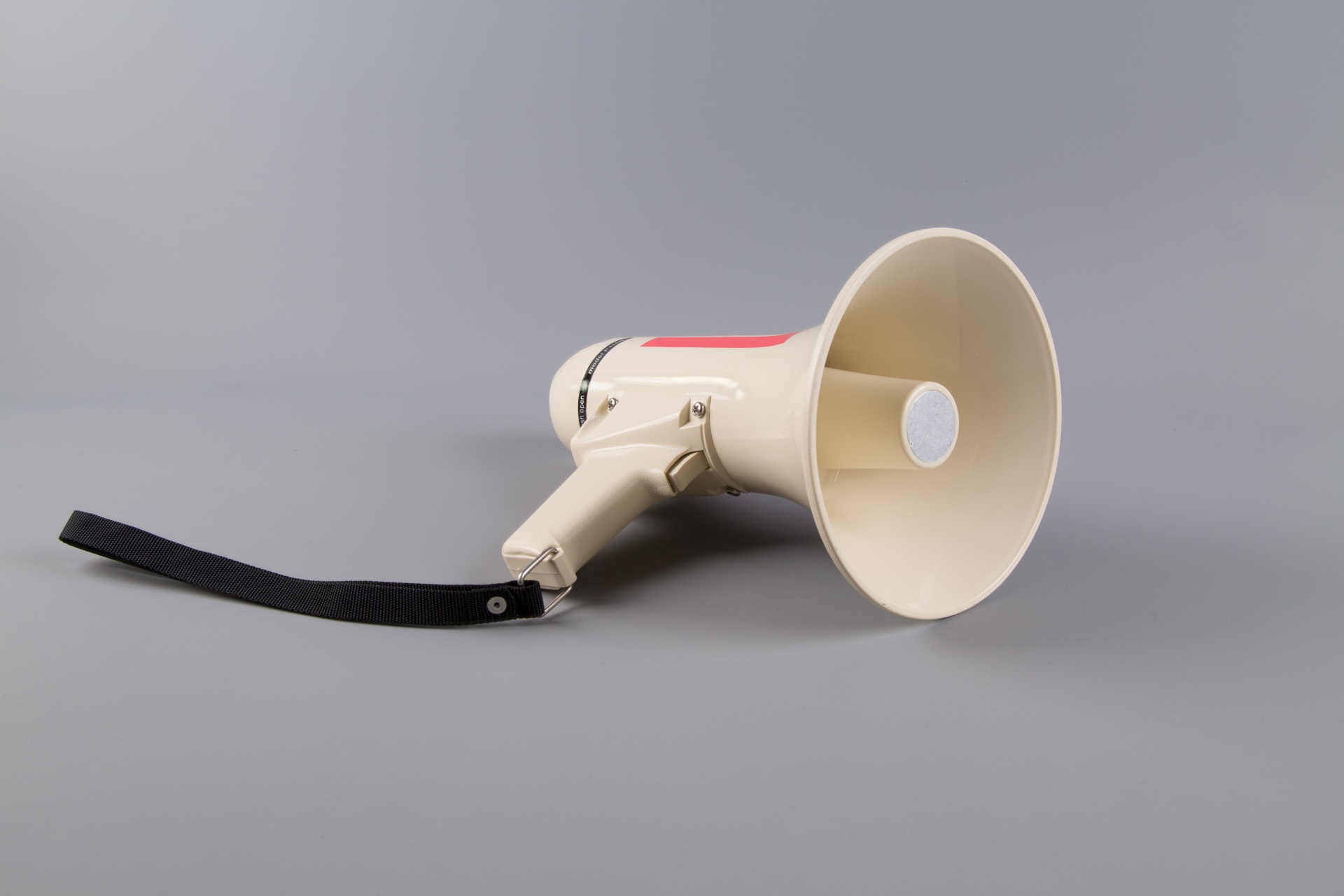Blog Post
Memo to the Media: Election 2020 Reporting Without Amplifying Disinfo

As we approach Election Day, more reporters are focusing their stories on elections and voting issues. Journalists and reporters are looking to get the story — and the public will share those stories with family, friends and on social media.
Covering the election — and especially the kinds of challenges voters will face in this unprecedented election — is vital to our democracy. We are especially thankful for stories that cover the various rules (often different in each state) for vote by mail and other processes.
However, our research into Cyber Suppression and disinformation has raised the fact that unfortunately some stories are used to amplify disinformation about voting or the election process. The damage is done when voters have less trust in our elections system (and opening the door for additional disinformation), or believe false narratives.
Here are our tips for the media — and the public — to report responsibly and get the story without amplifying disinformation.
- Don’t treat singular incidents as indicative of a broader pattern
- Sensational stories about dysfunction in the electoral process are exciting: but they aren’t indicative of a grand narrative. Stories about one person’s ballot being returned or one envelope being lost are both statistically insignificant and run the risk of being used by bad actors to present a narrative that this is out of the norm for a massive electorate.
- Additionally, avoid implying intent: in most cases, these are the result of clerical mistakes. Other issues that may be completely benign in nature but are misreported are long lines at polls, polling place dysfunction, and machines “switching votes” (typically a miscalibrated machine instead of intentional efforts).
- Interviewing non-partisan voter protection and elections experts (or reading their reports) will give you a more accurate picture of elections issues and voter challenges — and help put individual incidents into context.
- Election night is probably not going to be results night
- Studies show that only about 3 in 10 Americans expect results on Election Night. However, as we get closer to the date, members of the media should be careful to note that these are extraordinary circumstances–and continue to emphasize that the results coming in on Election Night are not the final results, but only part of the total vote. Partisan actors and some politicians are trying to discount votes counted after Election Night as illegitimate, even though they are legal, and certification usually happens later.
- Refrain from conducting your own voting “studies”
- As stories continue to circulate about the increased interest in vote by mail opportunities — and Postmaster General DeJoy, and his policies — several news stations have decided to conduct their own “studies”. These often involve mailing out a certain number of envelopes to test the arrival time and security of the mail. These results are then reported as indicative of what will happen to mail ballots. This is inaccurate, since the sample size is so small and there are many other factors affecting the process. In one incident, President Trump highlighted a local news experiment as “proof” that mail voting won’t work–and while the original report only received a few thousand online video views, after amplification for political purposes, the video received 5.5 million views. Instead of conducting experiments, interview election officials and experts and use sound studies and polling.
- Don’t spell out how bad actors can use certain news to their benefit
- Responsible reporting includes anticipating how bad actors will use a story to their benefit. If you spell out “here’s the playbook for disrupting our elections” — especially if it comes from mainstream news — you are handing them live ammunition to use against voters. We already know that people seeking to interfere with the vote are watching for any example or narrative they can use– you don’t have to help them.
- When you analyze what is possible, clarify what is probable.
- This is particularly important when it comes to covering democratic norms, what-if scenarios with laws and legal processes. Phrasing as a question the continuance of democratic norms (especially when talking to high-placed administration officials and the President himself) creates space for bad actors to amplify their narratives. When the legality of something is questioned, explore whether it is actually possible as well as probable. Readers deserve that important context.
- Avoid giving airtime to partisan attacks dressed up like ‘research’
- Don’t take all ‘research’ or ‘studies’ at face value, look at who produced it, and what their motivations might be. If reporting on studies from partisan-affiliated think tanks or organizations, detail the sources of funding and perspective of these organizations. Better yet, talk to voter protection experts and academics.
- Be careful what you share with audiences. Twitter is an excellent way for members of the media to connect with the public–and for disinformation to spread. Check the provenance of things you share, and remember that even quote-tweeting to ‘dunk’ or refute a point can help it gain a wider audience.
We hope members of the media will think carefully about the impact their stories make. And in our social media era, everyone is a media producer — every time you retweet, post or share an article. We have a duty to share responsibly.
Learn more about our Stopping Cyber Suppression program — and read tips for how to defend yourself against disinformation — here.
Further reading: First Draft News guide to Responsible Reporting in an Age of Disinformation